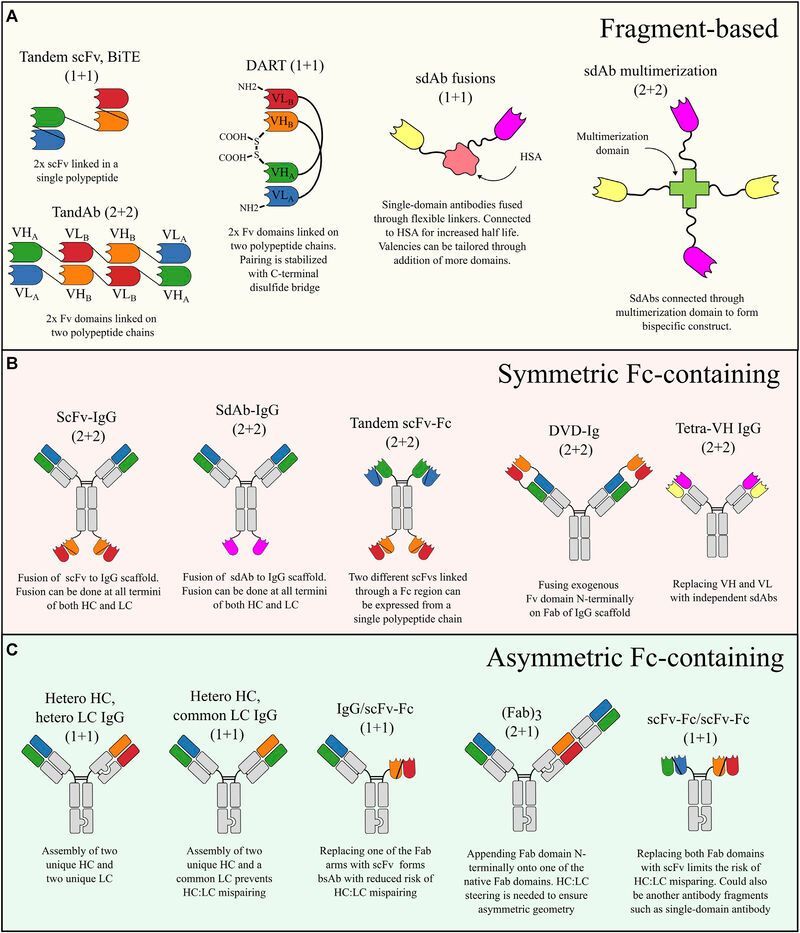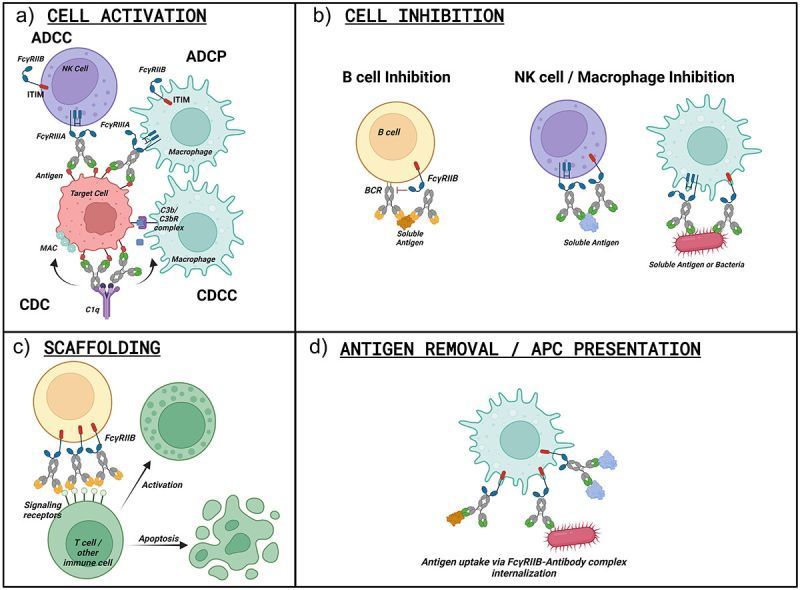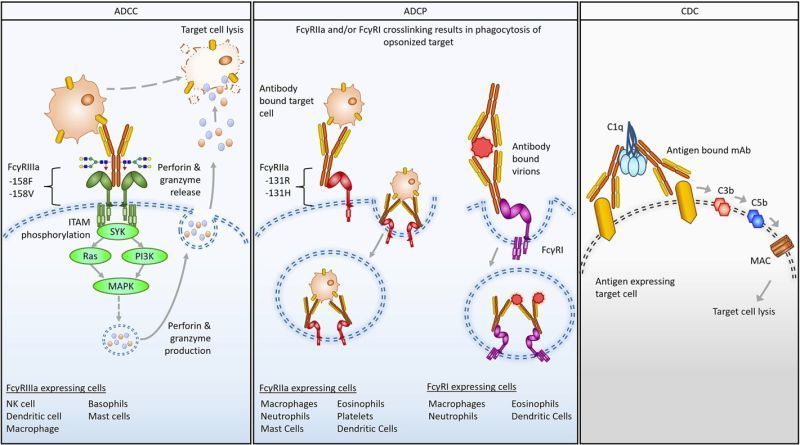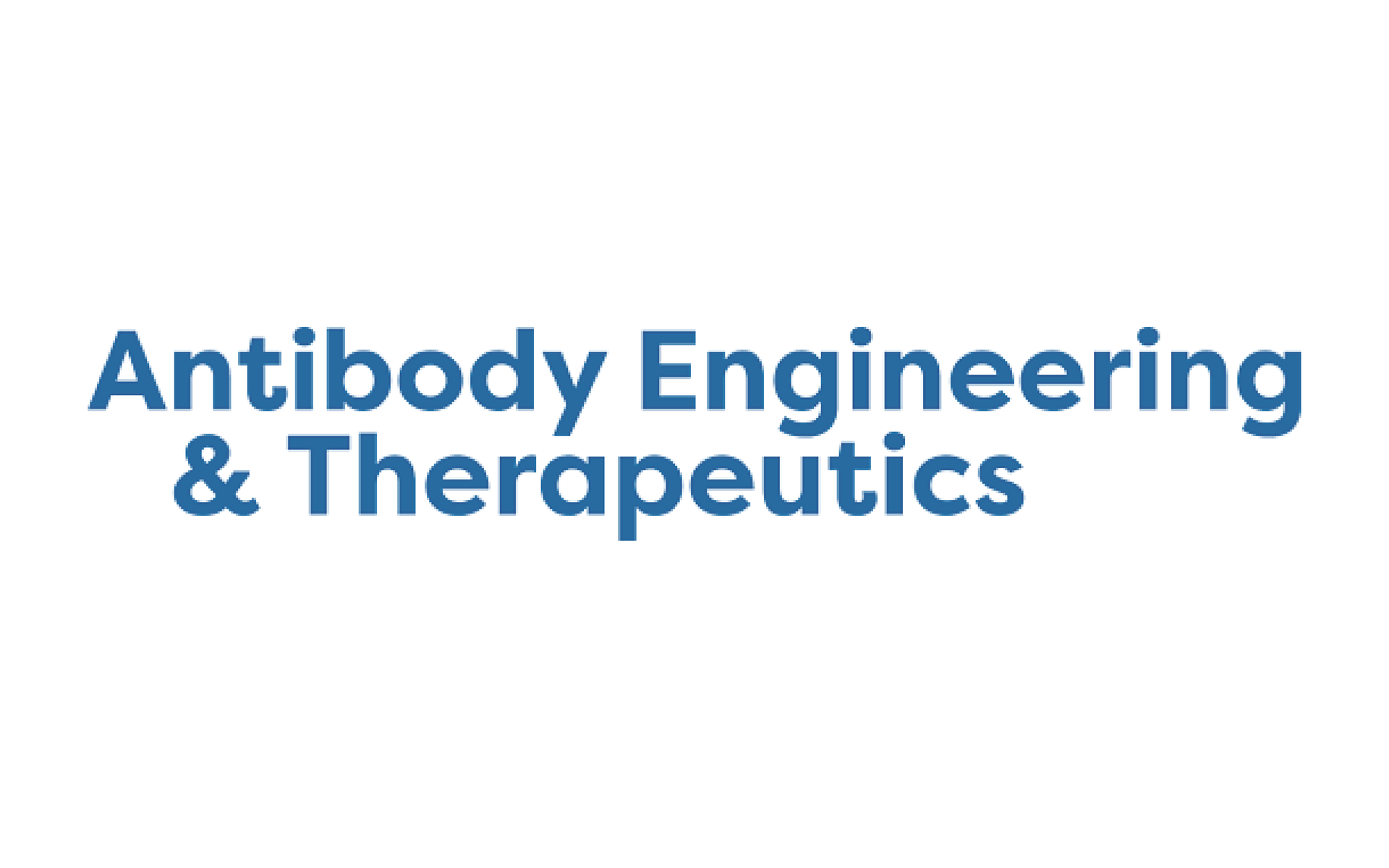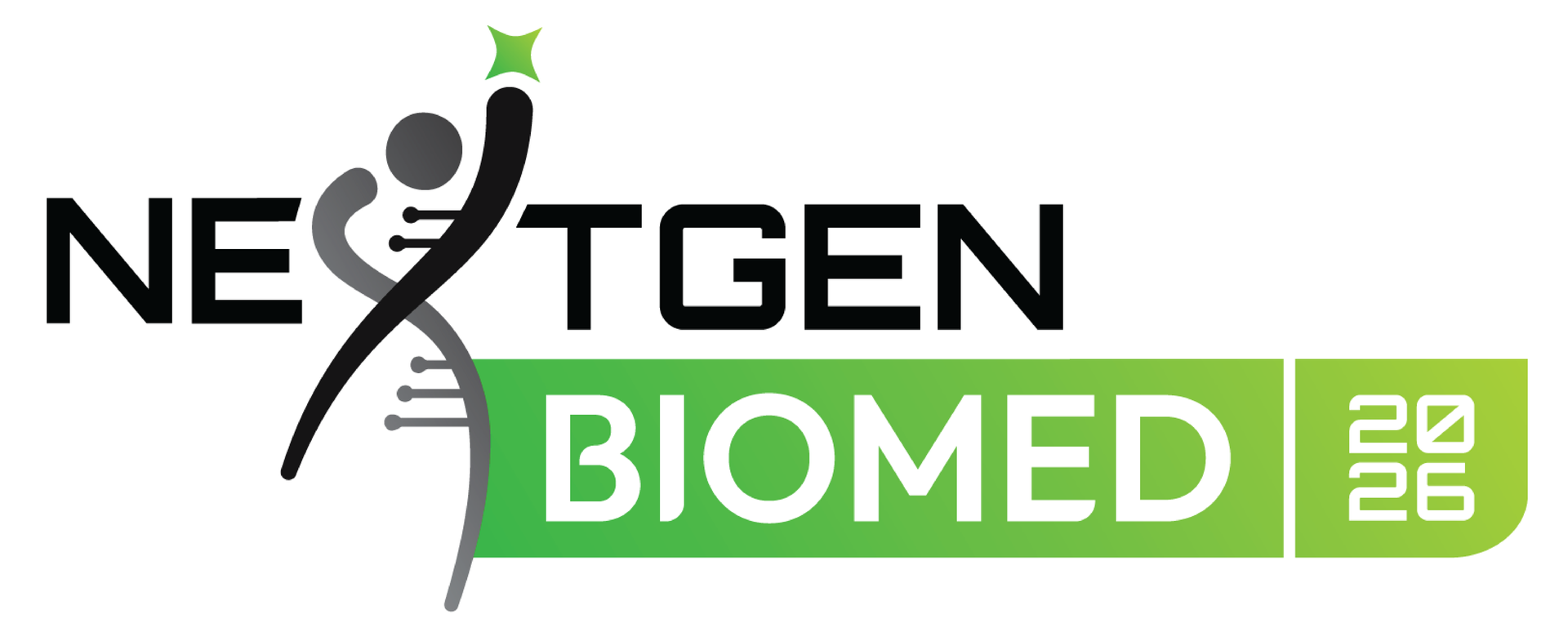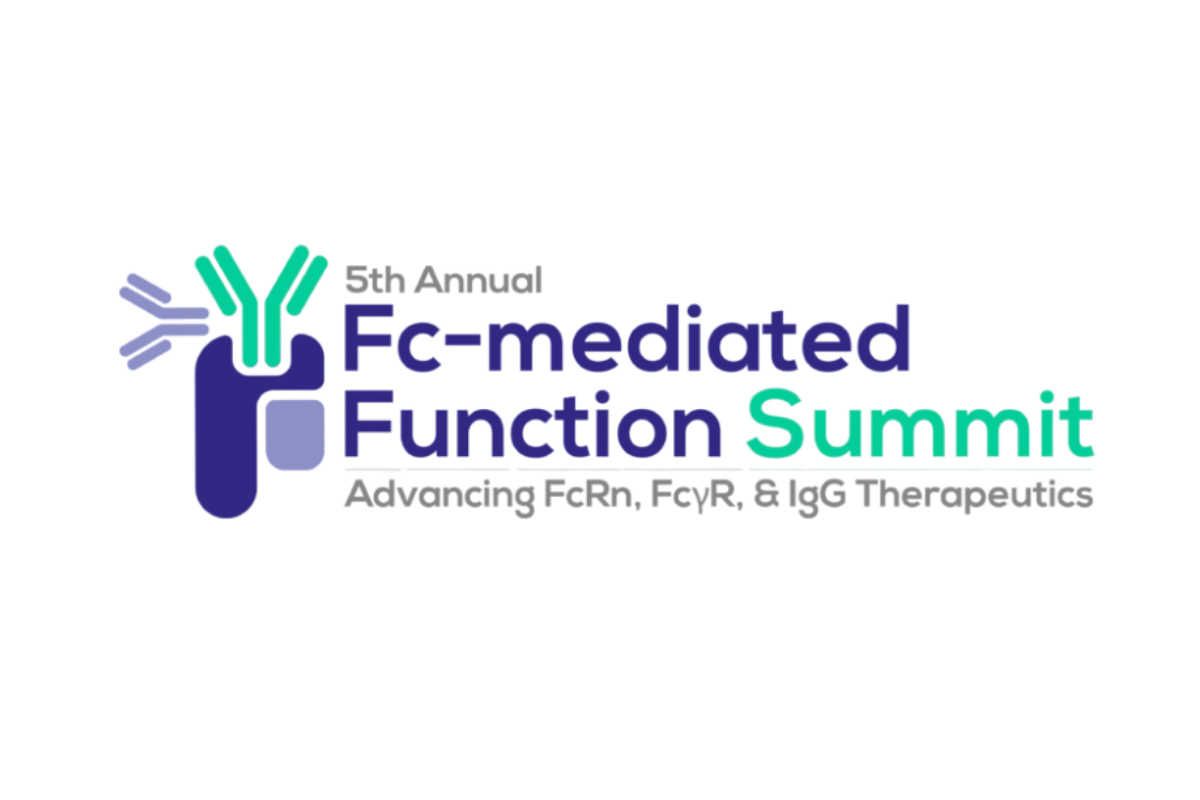Evaluation of a mosaic HIV 1 vaccine in a multicentre randomised double blind placebo controlled phase 1 2a clinical trial APPROACH and in rhesus monkeys.
Background
More than 18 million new cases of HIV-1 infection were diagnosed worldwide in 2016. No licensed prophylactic HIV-1 vaccine exists. A major limitation to date has been the lack of direct comparability between clinical trials and preclinical studies. We aimed to evaluate mosaic adenovirus serotype 26 (Ad26)-based HIV-1 vaccine candidates in parallel studies in humans and rhesus monkeys to define the optimal vaccine regimen to advance into clinical efficacy trials.
Methods
We conducted a multicentre, randomised, double-blind, placebo-controlled phase 1/2a trial (APPROACH). Participants were recruited from 12 clinics in east Africa, South Africa, Thailand, and the USA. We included healthy, HIV-1-uninfected participants (aged 18–50 years) who were considered at low risk for HIV-1 infection. We randomly assigned participants to one of eight study groups, stratified by region. Participants and investigators were blinded to the treatment allocation throughout the study. We primed participants at weeks 0 and 12 with Ad26.Mos.HIV (5 × 1010 viral particles per 0·5 mL) expressing mosaic HIV-1 envelope (Env)/Gag/Pol antigens and gave boosters at weeks 24 and 48 with Ad26.Mos.HIV or modified vaccinia Ankara (MVA; 108 plaque-forming units per 0·5 mL) vectors with or without high-dose (250 μg) or low-dose (50 μg) aluminium adjuvanted clade C Env gp140 protein. Those in the control group received 0·9% saline. All study interventions were administered intramuscularly. Primary endpoints were safety and tolerability of the vaccine regimens and Env-specific binding antibody responses at week 28. Safety and immunogenicity were also assessed at week 52. All participants who received at least one vaccine dose or placebo were included in the safety analysis; immunogenicity was analysed using the per-protocol population. We also did a parallel study in rhesus monkeys (NHP 13-19) to assess the immunogenicity and protective efficacy of these vaccine regimens against a series of six repetitive, heterologous, intrarectal challenges with a rhesus peripheral blood mononuclear cell-derived challenge stock of simian-human immunodeficiency virus (SHIV-SF162P3). The APPROACH trial is registered with ClinicalTrials.gov, number NCT02315703.
Findings
Between Feb 24, 2015, and Oct 16, 2015, we randomly assigned 393 participants to receive at least one dose of study vaccine or placebo in the APPROACH trial. All vaccine regimens demonstrated favourable safety and tolerability. The most commonly reported solicited local adverse event was mild-to-moderate pain at the injection site (varying from 69% to 88% between the different active groups vs 49% in the placebo group). Five (1%) of 393 participants reported at least one grade 3 adverse event considered related to the vaccines: abdominal pain and diarrhoea (in the same participant), increased aspartate aminotransferase, postural dizziness, back pain, and malaise. The mosaic Ad26/Ad26 plus high-dose gp140 boost vaccine was the most immunogenic in humans; it elicited Env-specific binding antibody responses (100%) and antibody-dependent cellular phagocytosis responses (80%) at week 52, and T-cell responses at week 50 (83%). We also randomly assigned 72 rhesus monkeys to receive one of five different vaccine regimens or placebo in the NHP 13-19 study. Ad26/Ad26 plus gp140 boost induced similar magnitude, durability, and phenotype of immune responses in rhesus monkeys as compared with humans and afforded 67% protection against acquisition of SHIV-SF162P3 infection (two-sided Fisher's exact test p=0·007). Env-specific ELISA and enzyme-linked immunospot assay responses were the principal immune correlates of protection against SHIV challenge in monkeys.
Interpretation
The mosaic Ad26/Ad26 plus gp140 HIV-1 vaccine induced comparable and robust immune responses in humans and rhesus monkeys, and it provided significant protection against repetitive heterologous SHIV challenges in rhesus monkeys. This vaccine concept is currently being evaluated in a phase 2b clinical efficacy study in sub-Saharan Africa (NCT03060629).
Funding
Janssen Vaccines & Prevention BV, National Institutes of Health, Ragon Institute of MGH, MIT and Harvard, Henry M Jackson Foundation for the Advancement of Military Medicine, US Department of Defense, and International AIDS Vaccine Initiative.
Authors:
Barouch DH, et al. Lancet. 2018 Jul 21; 392(10143): 232–243.
Journal:
Lancet
